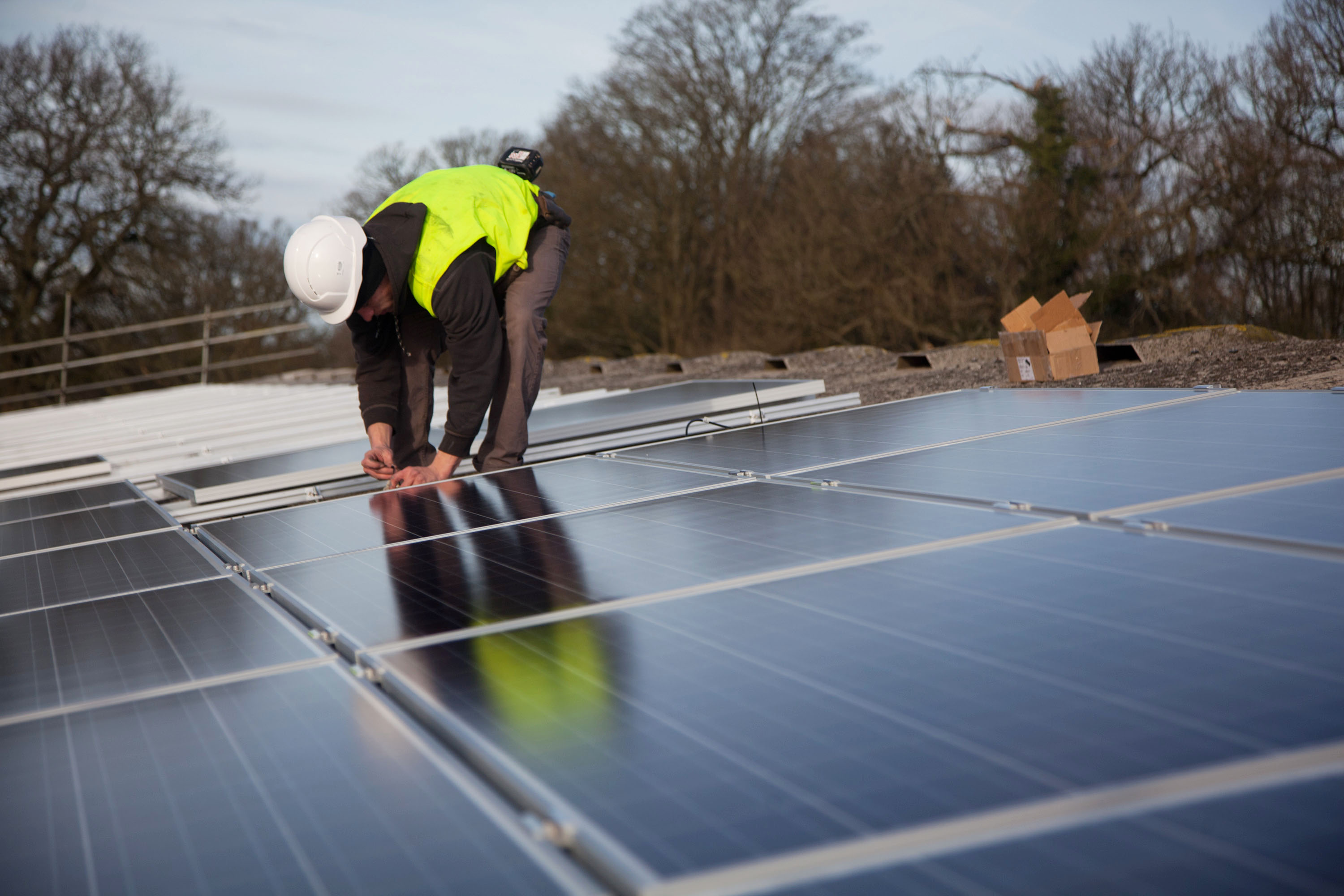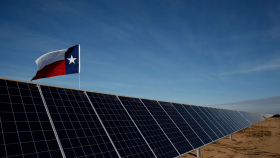Climate Change Action: Choices Related to Energy Providers
When most people think of how their actions directly translate to emissions, they will first think about the energy they use in their homes. Whether that’s electricity or gas, the energy you use is provided by your utility company/energy provider, and it may seem like there’s not much influence you can have on how the energy you consume is generated and how sustainable it might be. However, consumers are increasingly discovering that there are options they may be able to consider when it comes to the choices they make related to energy providers. These types of actions may require a sort of initiative they’re not used to, as utilities are often thought of as just a once-per-month bill and nothing else, but for the savvy climate-conscious customer there are more and more options every day.
So as you look to the energy that’s brought directly into your home, here are a few options you have that can positively impact your carbon footprint:
Install Solar Power at Home

What the action looks like: Energy used in the home is a contributor towards personal carbon footprints because in even the most decarbonized of grids there are still fossil fuels being burned for at least a portion of the electricity mix. While that concentration of renewable energy can vary (from 86% in Maine to 13% in Wyoming), no matter where you live one of the most guaranteed ways to make sure your energy comes without CO2 emissions attached is to generate it yourself renewably. The accelerated proliferation of residential solar installations shows how popular that is, and while you’re unlikely to be able to go completely off the grid just by installing solar, the more solar energy you produce on your property the less you’ll be associated with the carbon emissions from your region’s power grid.
What the impact is: As calculated by Andrew Blakers, a Professor of Engineering at Australian National University:
A 10-kilowatt solar PV system installed on your roof will produce about 14 MWh of electricity per year. Since coal power stations produce 0.9 tonnes of carbon dioxide per MWh this saves about 12 tonnes of CO2 emissions per year.
Level of difficulty: Medium—the path is straightforward, but the costs can be prohibitive and homes with incompatible roofs or people who rent instead of own may not have the option.
Relevant quotes, stakeholders, and resources:
Planning a Home Solar Electric System by U.S. Department of Energy
A Maryland Consumer’s Guide to Solar by The Maryland Energy Administration
The Environmental and Public Health Benefits of Achieving High Penetration of Solar Energy in the United States by U.S. Department of Energy
“You’d be shocked at how much influence you have over your friends, neighbors and colleagues. There’s a lot of value in talking about or showing off your environmentally motivated behaviors. As long as you’re not a jerk about it. That’s why we count “talking about it” as one of our 7 most impactful actions you can take for climate change in Rare’s Make It Personal campaign. Here’s an example. The number one indicator of whether someone will put solar on their rooftops in the future is whether they know someone who has done so first. When you install solar, it has a domino effect in positive behaviors. The fact that your neighbor can look at your solar panels and ask you questions has more impact than just listening to experts on TV or online.”– Brooke Betts, Vice President of Make it Personal at Rare
Switch to Green Energy Providers

What the action looks like: In certain parts of the country, the utility market isn’t the monopoly it always was and customers actually have the ability to choose whichever retail electricity provider they like. While the areas where such deregulated markets exist encompass a minority of the U.S. population, those who do have the option can leave their legacy utility for whatever reason they see fit, whether that’s more affordable rates, more customizable programs, or to choose an energy provider who has more renewable energy in its generation mix. Such customers can do their research and identify green energy providers and make the choice to switch so that the energy they use in their home accounts for fewer carbon emissions. Note that when you switch providers, your home is still attached to the same grid and the physical electrons going into your home are indistinguishable from what they were before, but your payments go towards the renewable energy certificates (RECs) that funnel the funds from your payment to those who generated the same amount of renewable energy. However, many forward-looking utilities and regions are taking a harder look at community-based models as well, ones that use local and bundled renewable energy sources that go beyond the basic RECs model. So, if you want to learn more about this option, it’s important to do your homework, contact local power providers, and see what the green options really mean and how deep their efforts go because not all ‘green energy providers’ are built in the same way.
What the impact is: As quoted by the New York Times, John Rogers—a senior energy analyst at the Union of Concerned Scientists—says:
Short of having a solar array on your roof and keeping all those electrons to yourself, it’d be really hard to figure out what type of electrons you’re using if you didn’t have something like R.E.C.s to keep track of the math…certificates are a legitimate way to foster the growth of the renewable energy industry.
Level of difficulty: Easy—that is if energy choice is available in your home market.
Relevant quotes, stakeholders, and resources:
“Purchasing 100% renewable energy is an important part of what folks can do to reduce their carbon footprint. A lot of communities now have the option for 100% renewable energy, typically through a community choice provider (CCA) or sometimes an Investor Owned Utility will offer such options. A similarly impactful, but less obvious, option is to align your energy use with when renewables are most likely to be on the grid. This can be, for example, charging your EV or doing your laundry in the middle of the day when the solar plants are running, which helps make sure the renewables on the grid don’t get curtailed.”– Dawn Weisz, CEO of MCE
“Community solar is the bright shining example of how renewables can help people because it unleashes the power of urban space to participate in this conversation. Agriculture has been dealing in this area for a while, but with community solar folks who live in densely populated cities can start to think about how they can contribute to the systematic approach and build community scale action towards the green energy economy.”- Tamara Toles O’Laughlin
Buying Clean Electricity by U.S. Department of Energy
Frequently Asked Questions About Switching to Green Power by Green Energy Consumers Alliance
Green Options by Maryland Public Service Commission




